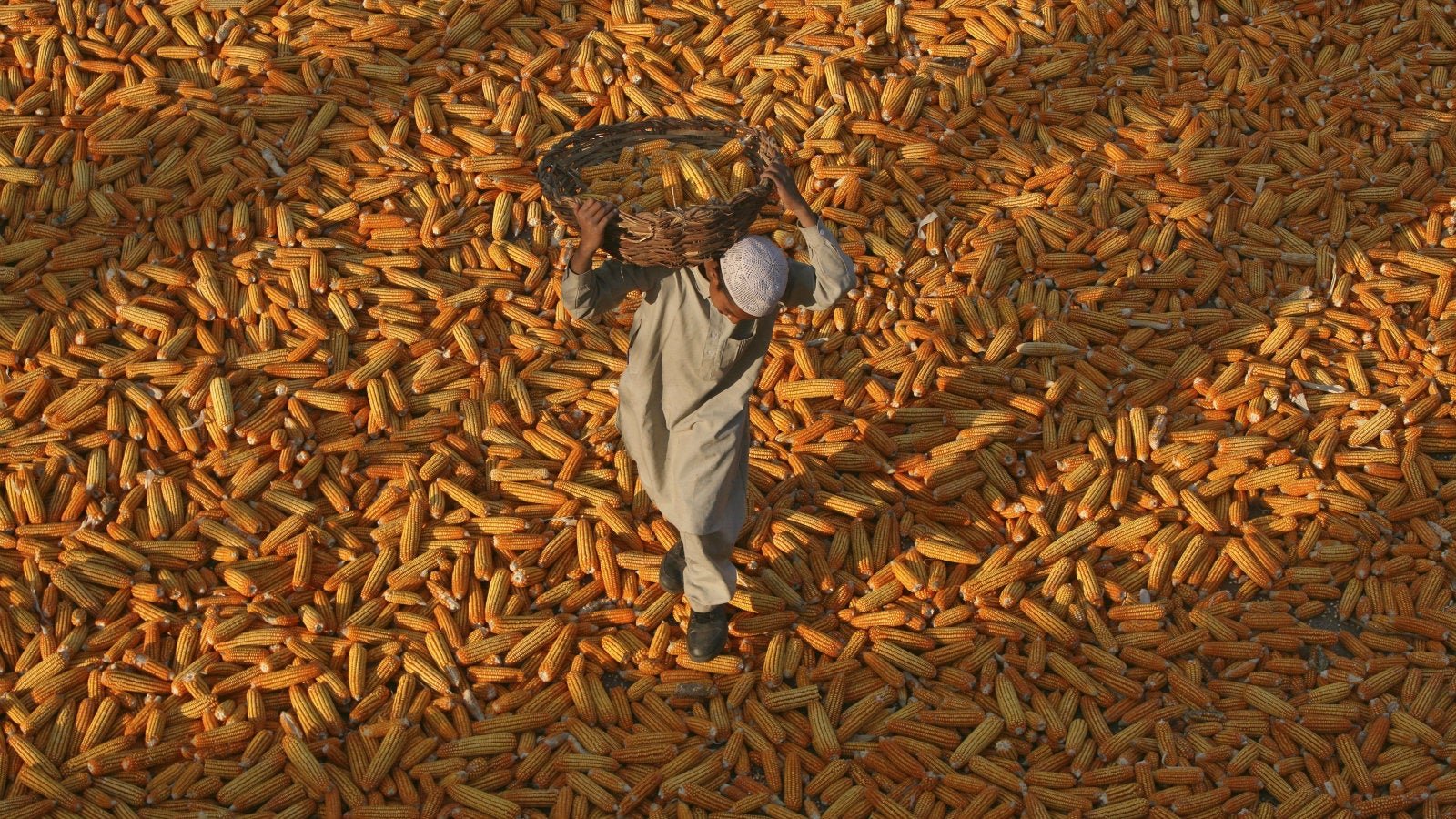A deadly moth has reached India and could destroy its corn farms overnight
Indian agriculture officials have launched an awareness campaign among farmers about the fall armyworm moth and its management following the confirmation late last month that the voracious maize-eating pest has reached India.


Indian agriculture officials have launched an awareness campaign among farmers about the fall armyworm moth and its management following the confirmation late last month that the voracious maize-eating pest has reached India.
Indian authorities have this month (August) begun exploring ways to contain the fast-moving pest which is native to North and South America. In Africa, after its first detection in Nigeria in January 2016, fall armyworms have rapidly spread across almost 22 million square kilometres in Sub-Saharan Africa.
The caterpillar of the Spodoptera frugiperda moth goes unnoticed in its early stages but turns voracious as it grows, destroying entire fields of maize (corn) overnight. The moth can fly long distances overnight to attack maize and a variety of valuable crops such as cotton, rice, peanuts, apples, and oranges.
An official pest-alert issued on July 30 by the nodal Indian Council of Agricultural Research said that based on surveys carried out earlier in the month, S. frugiperda infestation was found in more than 70% of the maize fields of Chikkaballapur in the southern Indian state of Karnataka.
“An alert has been sent to all states and I feel all is not lost. Till now, we did not have this problem as far as maize is concerned. But now we have it and we have to be aware of it,” Murali Mohan, associate professor of entomology at the University of Agricultural Sciences, Bangalore, and one of the scientists tasked with investigating the presence of the pest, tells SciDev.Net.
The non-profit Centre for Agriculture and Bioscience International (CABI, which is the parent organisation of SciDev.Net) has warned of possible crop losses across Asia unless urgent action is taken.
In a recent report, CABI, which has a presence in India and has experience in managing the pest in Latin America and Africa, warns that “current trade and transportation routes reveal Australia, China, India, Indonesia, Malaysia, the Philippines, and Thailand face high threat of fall armyworm invasions originating from Africa”.
Dr Malvika Chaudhary at CABI tells SciDev.Net that while the pest could easily fly to neighbouring countries, “it won’t be going out of India through trade channels as we only export maize as flakes or grains.” Management options include biological control using insect-eating fungi, as well as safe and effective chemical pesticides, she says.
Experts are concerned that the moth could find its way into the neighbouring countries of south Asia and into China, which is the second-largest maize grower in the world. This has prompted the Food and Agriculture Organization (FAO) to offer support to India in containing the pest.
According to Kavitha Kuruganti, a well-known agricultural activist based in Bengaluru and who heads the Alliance for Sustainable and Holistic Agriculture, a network of agriculture rights organisations, there is no immediate danger to food security as the crop is mostly used to produce starch and ethanol besides animal feed. “However, failure of maize crops can cause serious economic loss.”
This piece was originally published on SciDev.Net: News, views and information about science, technology and development, under a CC BY 2.0 license. We welcome your comments at [email protected].